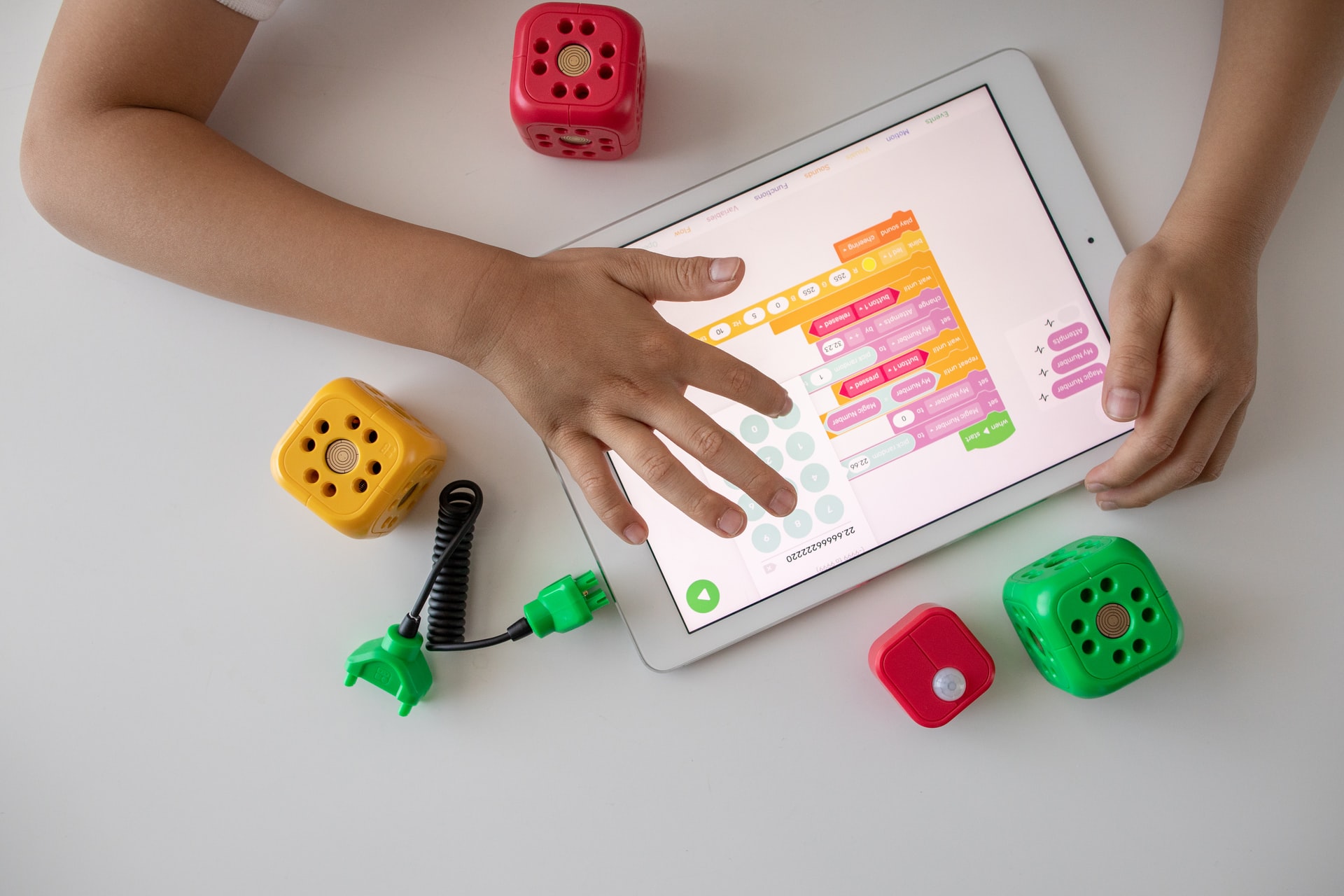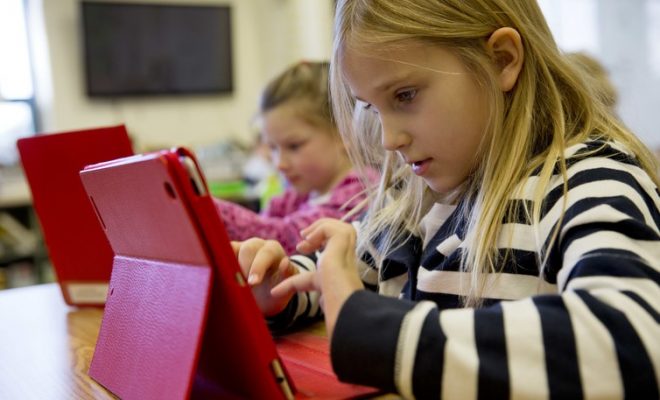Nurturing Computational Thinking in Early Childhood

As the name implies, computational thinking is linked to computers and computer science. Computational thinking, however, is the ability to examine and solve issues in a logically ordered manner. Computational thinking is of more significant importance in education today than it was 30 years ago. Future leaders will be required to employ computational thinking regularly in our dynamic world. Therefore, early training of young children to build these skills is critical.
How can we nurture computational thinking in early childhood? Numerous activities for kids ages 4-7 to develop their foundational computational thinking abilities include:
Play brain teasers
Brain teasers are a fun approach for kids to practice computational thinking. You can find brain teasers on cereal boxes, restaurant menus, children’s magazines, etcetera. Leading children in activities like this helps prepare their brains for a computational approach to life.
Use logic apps
Children adore using technological gadgets, so why not make productive use of that time? It’s just like keeping them in their natural habitat and using that opportunity to shape their brains. Apps like Alien Assignment and Bedtime Math are designed to improve their computational thinking skills. Introduce them to these apps and watch them grow into computational thinkers.
Act out familiar tasks
Acting out familiar tasks helps kids understand algorithms, which are essentially sets of instructions in a specific order for executing a task. Ask the child to describe each action as he performs it, like putting on his shoes.
Create pattern-based crafts
Students can do Pattern-based crafts with bead kits or paint-by-number kits. Aside from traditional arts and crafts, specific computer programs for kids let them make pattern-based creations.
Play trading card games
Databases are taught and made familiar to kids using trading card games. Kids who play trading card games like Pokémon have an extensive database in their heads of all possible cards, including their strengths and rankings.
Take surveys
Kids enjoy asking one another about their favorite colors, ice cream flavors, etc. Learning to collect and analyze data (such as the most common color preferences) is advantageous for kids.
Use physical puzzle toys
Puzzle toys like Rubik’s Cube and Puzzle Ball are perfect for fidgety kids. These toys, these toys would mentally and physically stimulate them.
Read picture books with sequences
Ask kids about their favorite book’s sequence of events. Observe the effects of rearranging the events. What would have transpired if a character had visited his grandmother first? Sequences and the repercussions of changing them are the foundation of computer science programming.
Play Guess Who and Clue Jr.
This type of game appeals to everyone. These games help children learn how to think logically and solve difficulties. These types of games are enjoyable for adults too.
Teaching your child to think computationally does not have to be boring. While having fun with your child, realize how much you are helping them develop their abilities.






